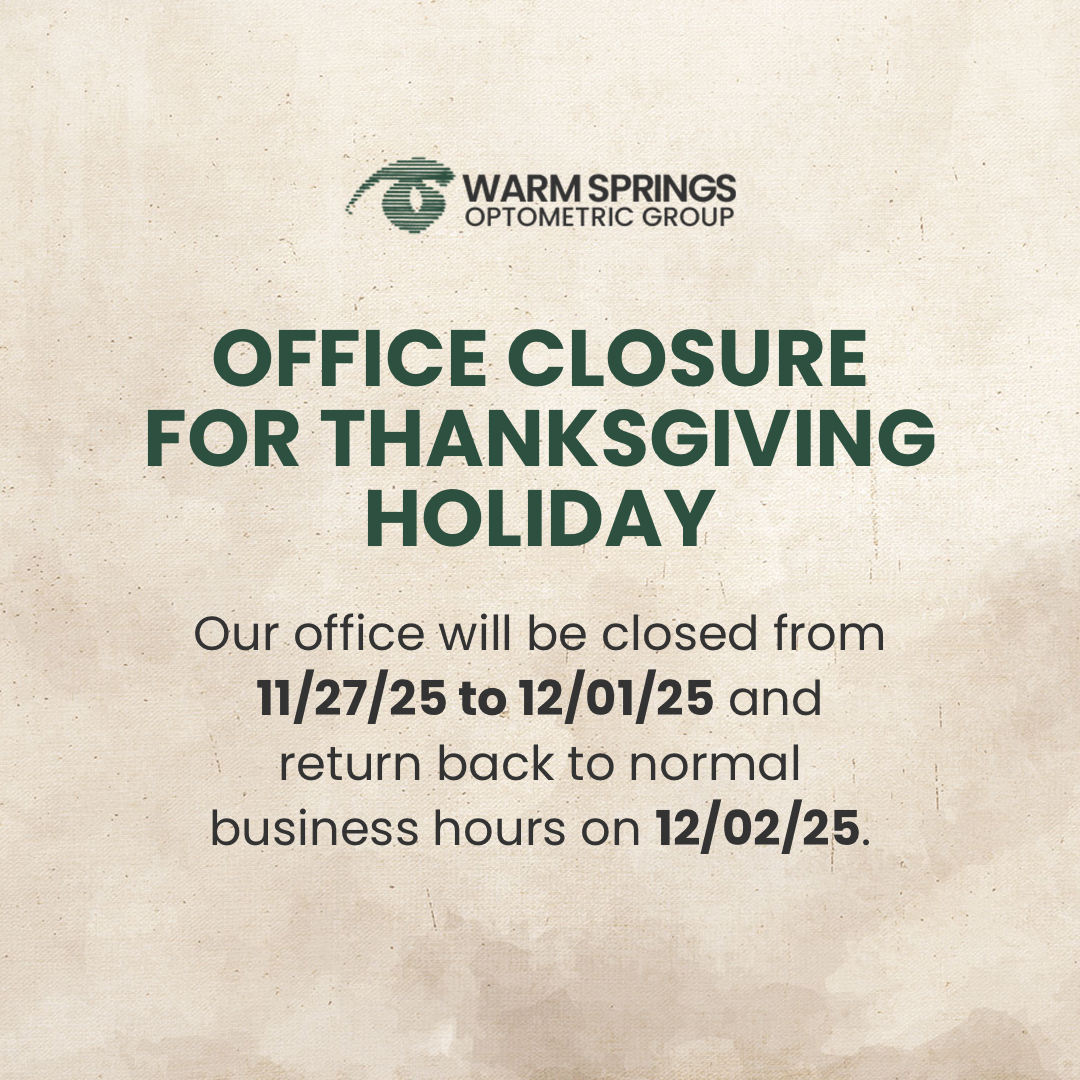
Contact lenses are an excellent alternative to glasses. They give you a more natural appearance, and they are the better option for athletes and people who are active.
If you are thinking about getting contacts, there are two main types that your optometrist can fit you with, regular contacts and hard to fit.
What Are Regular Contacts?
Regular contacts are designed for people who have no condition of the eye that can make wearing contacts difficult. Regular contacts are soft lenses, and there are different kinds.
Daily: These lenses would be thrown away at the end of the day, and you would put a fresh pair in each morning.
Weekly: Weekly lenses are taken out at the end of the day, and you would put a fresh pair in each week.
Bi-weekly: Bi-weekly lenses are taken out at the end of the day, and you would put a fresh pair in every two weeks.
Monthly: Monthly lenses would be taken out at the end of the day, and you would put a fresh pair in once a month.
Extended Wear: You can keep extended lenses in your eyes constantly for 30 days, and you would put a new pair in every month.
What Are Hard to Fit Contacts?
Hard to fit contacts are prescribed for patients who have certain conditions of the eye that make wearing regular lenses difficult. The most common hard to fit lenses include:
Rigid gas permeable: These lenses are the most common for hard to fit eyes. They are often prescribed for people with dry eye syndrome, keratoconus, and other conditions. This is because they make your eyes less prone to infection and they are resistant to protein buildup, and they hold the shape of the eye.
Daily lenses: Daily lenses are used for one day, so they will always be clean and moist. They are great if you have dry eye or if you have recently had Lasik surgery.
Scleral lenses: Scleral lenses rest on the white of your eye, and they vault over the cornea. They are custom fit, and they are often used for patients with keratoconus and dry eye.
Toric lenses: If you have astigmatism, your eye is misshapen. A toric lens would be required to fit properly.
Multifocal lenses: Presbyopia occurs after the age of 40, and it causes your closeup vision to deteriorate. If you wear contacts for distance, a multifocal lens will correct your distance and near vision.
Monovision lenses: If multifocal lenses don't work for you, monovision might. You would wear a regular lens in one eye to see close up and a lens in the other eye for distance.
Call Warm Springs Optometric Group Today!
Whether you need regular lenses or hard to fit, you should contact Warms Springs Optometric Group. Our eye doctor in Fremont can fit you with contacts regardless of your condition.






